RECOMMENDED VIDEOS

Hisco : Wind Power Training System – LabVolt Series…
Hisco (Malaysia) Sdn Bhd

Technology University of Petronas : Biodiesel Production,…
Universiti Teknologi PETRONAS

Waste Management & Recycling Association of Singapore…
Waste Management & Recycling Association of Singapore (WMRAS)

Tokyo Metropolitan Government, Bureau of Sewerage : Sewerage…
Tokyo Metropolitan Government, Bureau of Sewerage

Malaysian Palm Oil Board : Producing Biodiesel & Biomass…
Malaysian Palm Oil Board (MPOB)
Related Stories
Bronx community garden transformed with sustainable improvements
The Philippines envisions a green smart city to combat pollution in Manila
Flawed recycling results in dangerous chemicals in black plastic
IE Expo 2018: Asia's Leading Trade Fair for Environmental Technology Solutions
London store recycles 60,000 plastic bottles for 3D-printed interior
27 Jun, 2017
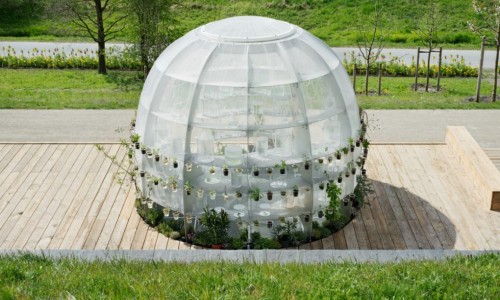
This bubble-shaped greenhouse is filled with medicinal healing plants
Others | AUSTRALIA | 09 Jun, 2017
Published by : Eco Media Asia
Australian artist Janet Laurence is blending the worlds of art, architecture, and medicinal botany into one “breathing bubble”. Currently on display at Berlin’s International Garden Exposition, “Inside the Flower” is an experimental garden that showcases the diversity of medicinal botany.
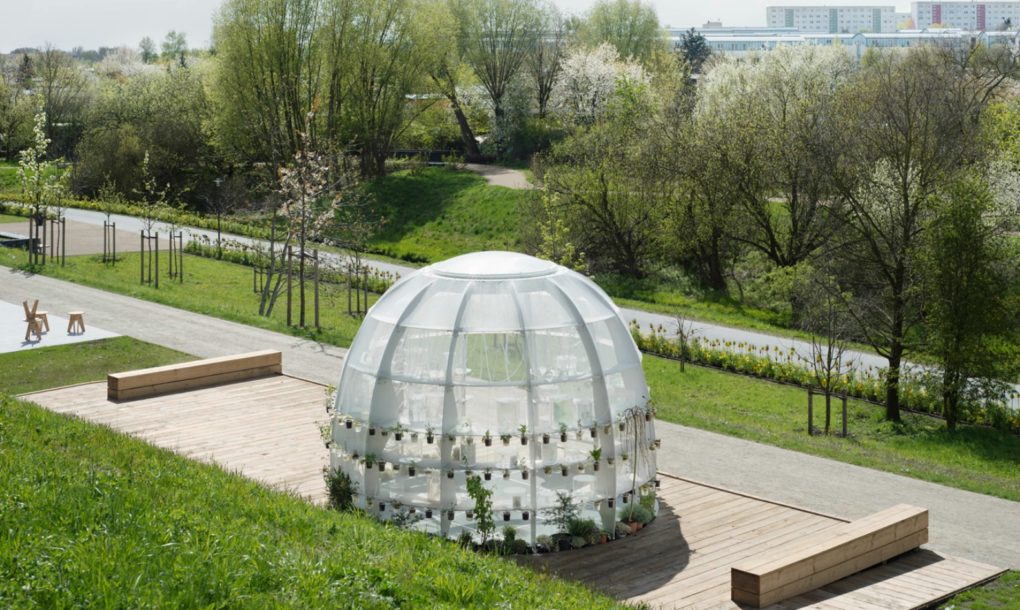
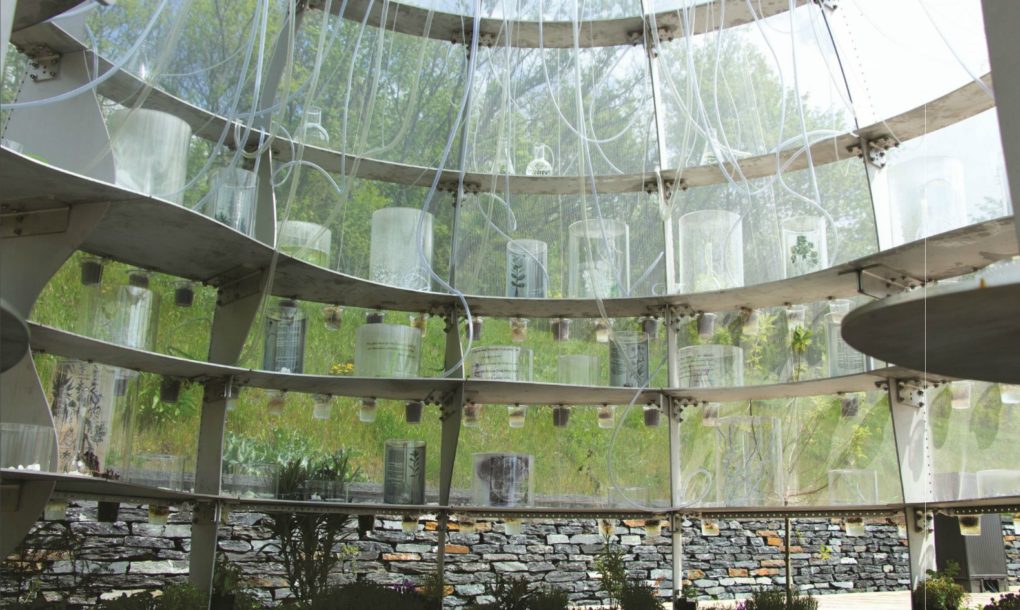
Working with the Laboratory for Visionary Architecture and Archimedes, Janet Laurence assembled the greenhouse in just two days. The transparent structure consists of a clear membrane of natural cotton wrapped around a steel frame, which curves upward to create a central ring at the apex. The greenhouse is set on a wooden platform, but the interior floor is covered in a metal mesh, adding an industrial and minimalist feel to the installation.
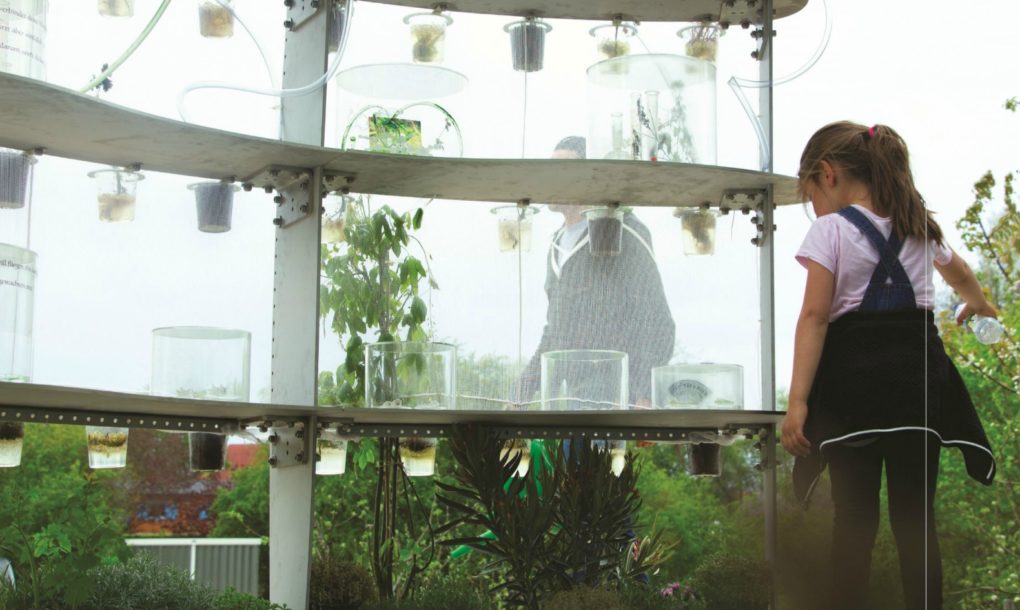
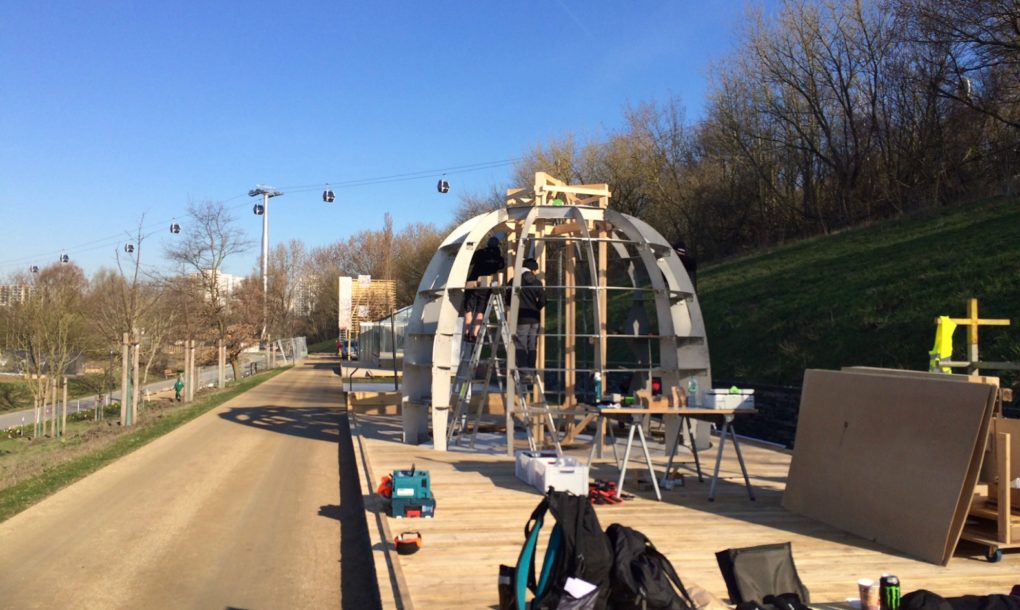
Inside, various rubber tubes and vials hang from the central ring and connect to the individual plants on the shelves, creating a dynamic world of plant alchemy. The exterior of the pavilion is clad in a laboratory-style garden of medicinal plants in custom-made containers.
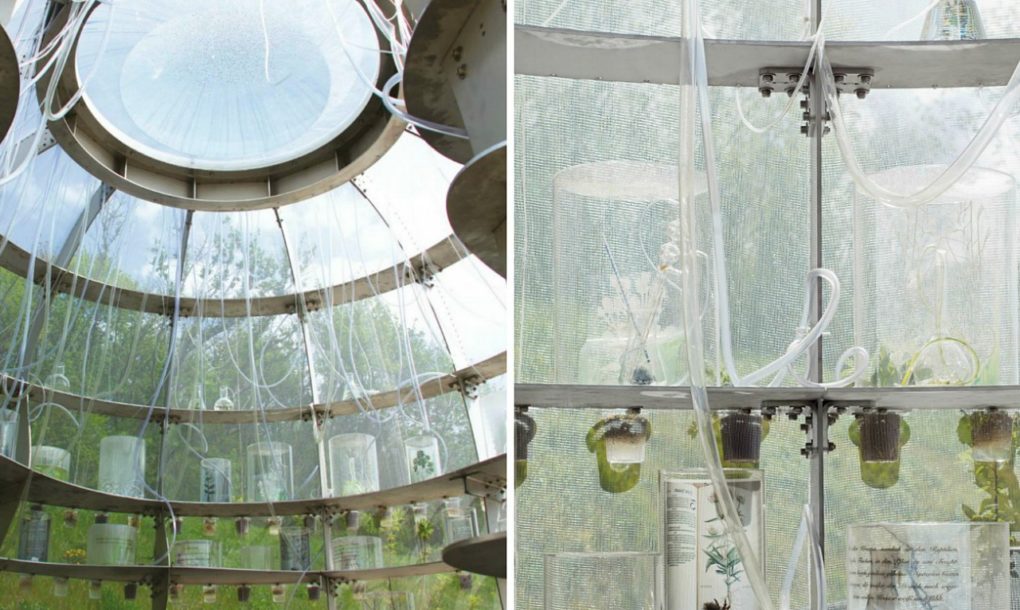
According to Laurence, the greenhouse was inspired by Germany’s long botanical history, but it also serves as a performance space where visitors can explore the inner workings of the plant world, taking in “its healing power and poison, its beauty and curiosity, its biological diversity and ecological instability.” Guests to the pavilion are also invited to eat and drink the edible flowers and plant extracts.
Article from inhabitat.com
by Nicole Jewell
